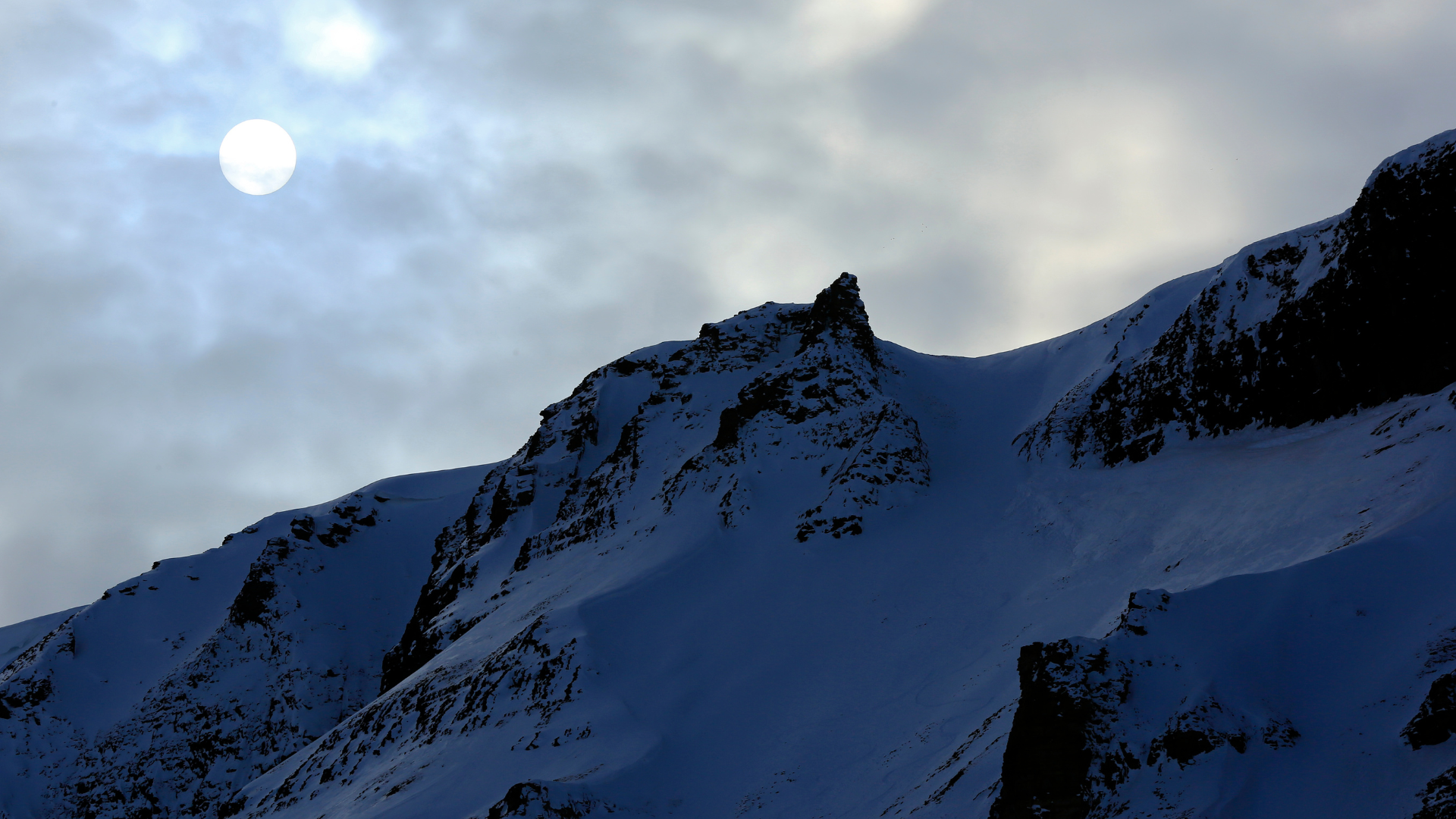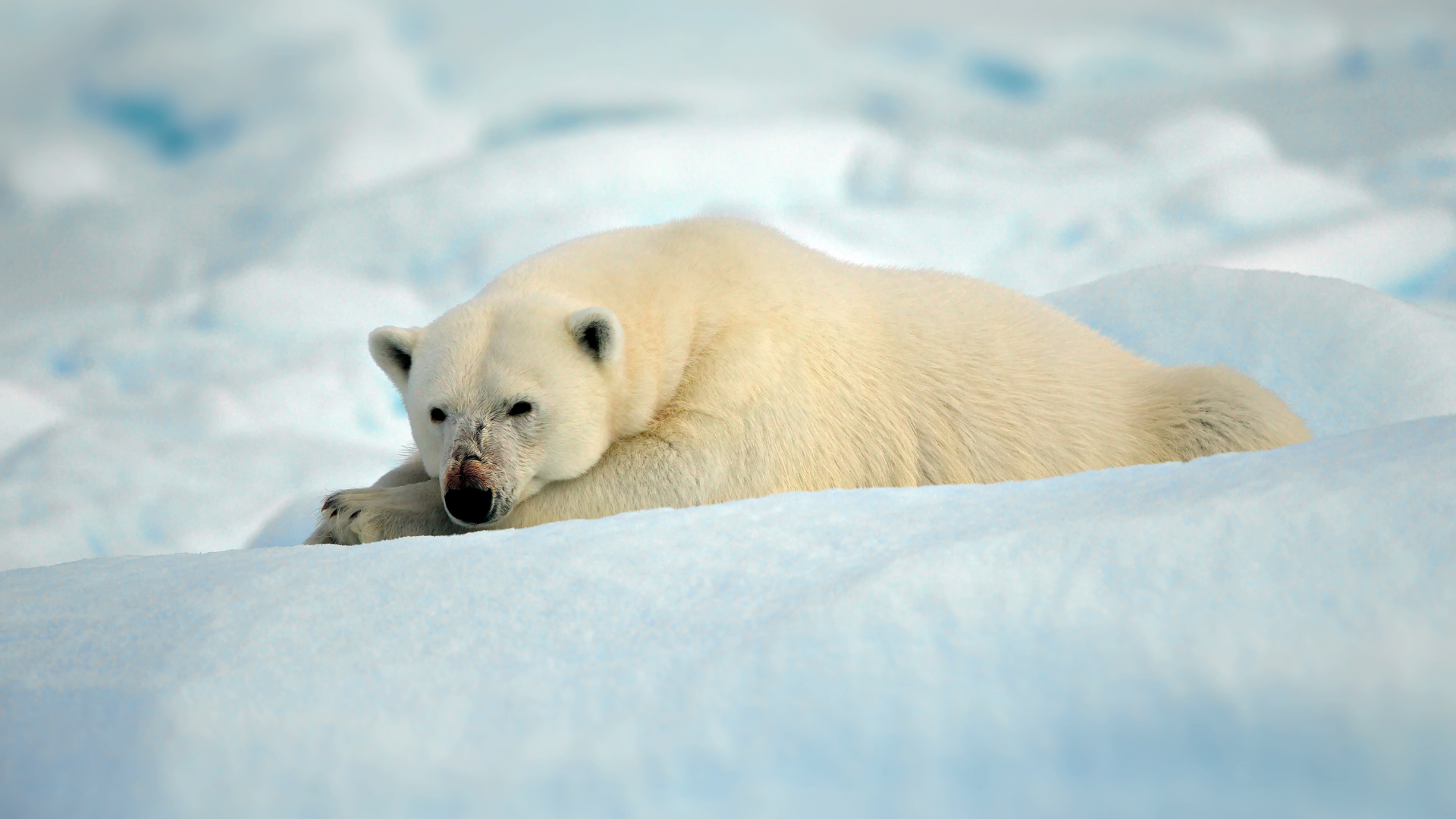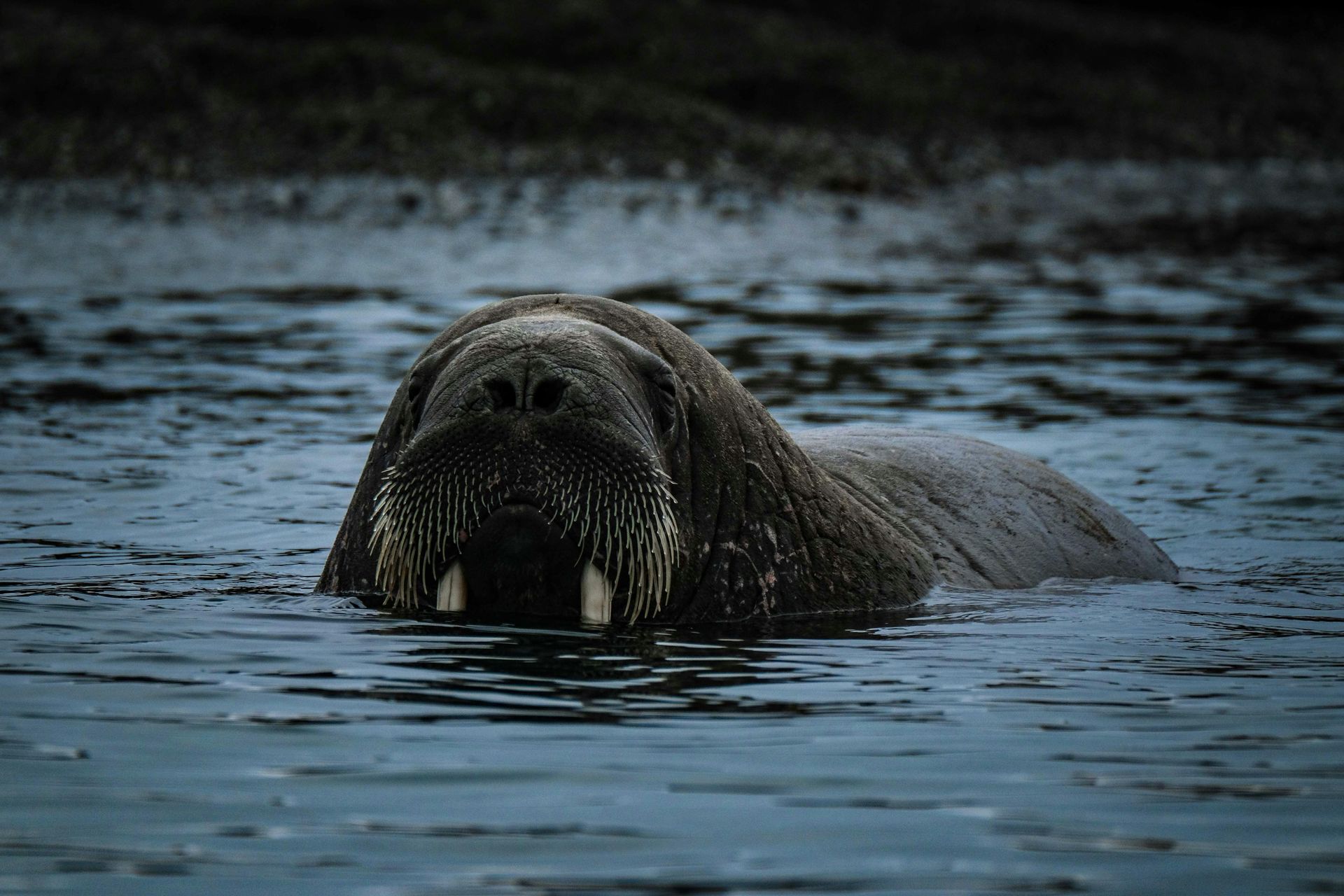Svalbard: Most Spotted Animals in October
Svalbard: Most Spotted Animals in October

October in Svalbard marks the official return of winter, with the sun dipping below the horizon for the start of the polar night season. Despite the increasingly harsh conditions, wildlife still thrives, especially in the northern reaches of the archipelago. Polar bears, often thought of as the king of the Arctic, remain one of the most sought-after sightings during this month. With sea ice starting to return, the bears venture further out to hunt seals, making northern expeditions the best bet for encountering these elusive predators.
Though the majority of seabirds have migrated south by October, a few species remain, including the tough Arctic skua and the Svalbard rock ptarmigan. These hardy birds are specially adapted to withstand the brutal cold, making them fascinating to observe during this time. While bird cliffs are now largely empty, the occasional sighting of these species provides a glimpse into the resilience of Svalbard’s avian inhabitants.
Marine mammals, particularly walruses, continue to be spotted along the coasts, although their numbers decrease as winter tightens its grip on the region. These massive creatures haul out in groups, often on beaches or remaining ice floes, and they provide one of the most impressive wildlife encounters in Svalbard. Beluga whales are less common as the waters become increasingly frozen, but those lucky enough may still catch a glimpse of them gliding through the fjords.
Svalbard reindeer remain active throughout October, with their thick coats fully grown in to protect against the cold. These animals continue to graze wherever they can find vegetation, though their food sources become scarcer as snow begins to cover the tundra. Watching these reindeer navigate the increasingly snowy landscape is a reminder of their incredible adaptation to this extreme environment.
The Arctic fox is another resilient creature that can be frequently spotted in October. With its winter coat now in full effect, the fox moves with a sense of urgency, scavenging whatever it can find before food sources become even scarcer. Arctic foxes are highly opportunistic, often following polar bears in the hope of scavenging leftovers from a seal kill. Their clever tactics and ability to survive in such a harsh climate make them one of the most intriguing animals to observe.
Seals, including bearded and ringed seals, are still present in Svalbard’s waters, though they spend more time in the sea as ice begins to form. These seals remain a key food source for polar bears, who continue to hunt along the ice edges. While it becomes harder to spot seals as the season progresses, the presence of these marine mammals is vital to the survival of the Arctic’s top predator.
Smaller animals like lemmings and Arctic hares also remain visible in October, providing an essential food source for predators like the Arctic fox and snowy owl. While these creatures may be less prominent in the minds of visitors than polar bears or reindeer, their role in the Arctic ecosystem is just as important, making them a valuable part of the wildlife experience.
October is a month of transition in Svalbard, with the wildlife adapting to the rapidly changing environment. The return of the sea ice marks the beginning of a new season for the animals, many of whom are preparing for the long, dark winter ahead. From the majestic polar bear to the industrious Arctic fox, the wildlife of Svalbard continues to captivate those who brave the cold to witness the wonders of the Arctic in October.











